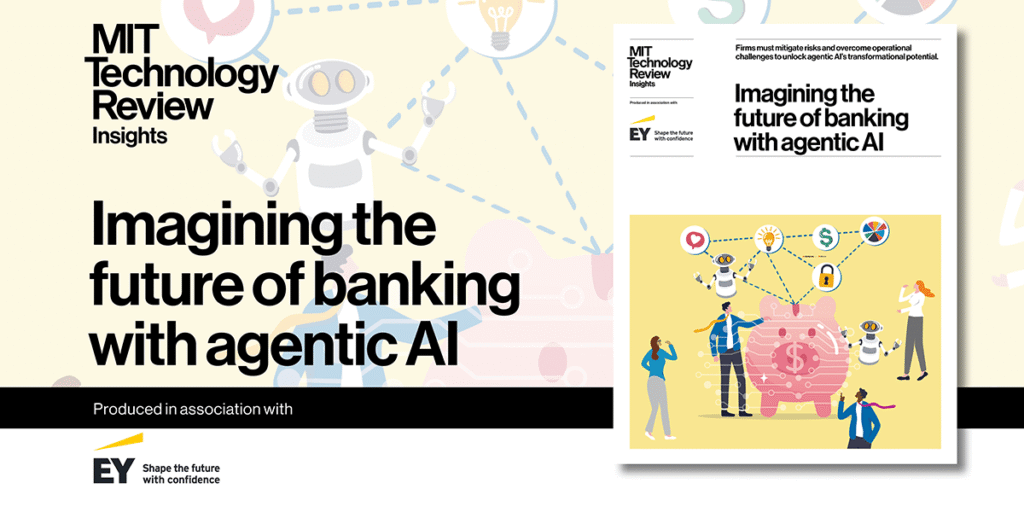Organizations today face an urgent imperative: adapt to rapidly emerging technologies or risk obsolescence. This is particularly true in sectors like banking, where innovations such as agentic AI are reshaping operational frameworks and redefining organizational capabilities. According to Murli Buluswar, head of US personal banking analytics at Citi, the ability to adopt new technical capabilities and reevaluate existing processes will distinguish successful firms from those that falter. As firms implement agentic AI, they must understand the broader implications for their workforce and operational protocols.
Agentic AI is making significant inroads within the banking industry. A 2025 survey conducted by MIT Technology Review Insights indicates that a staggering 70% of banking executives surveyed reported some level of agentic AI adoption within their firms. Of this group, 16% are already utilizing deployed systems while 52% are in the process of piloting projects. The benefits of agentic AI are numerous. Over half of these executives believe that such systems significantly enhance capabilities in crucial areas like fraud detection (56%) and security (51%). Additional noteworthy use cases include cost reduction and efficiency improvements, each cited by 41% of respondents, alongside enhanced customer experiences.
As organizations explore automation and AI, comparisons between various platforms become integral to strategic planning. Consider the competition between tools like Make and Zapier, two leading automation platforms. Make, known for its visual workflow design, allows users to connect various applications in a drag-and-drop environment. This usability can be particularly appealing for small to medium-sized businesses (SMBs) that may not have extensive technical resources. Zapier, meanwhile, offers a broad library of integrations and user-friendly guided setups. While both platforms boast comparable scalability potential, the differences in their pricing models can make a significant impact on ROI for organizations.
Make operates on a tiered pricing model based on the volume of operations, whereas Zapier employs a similar system but tends to be more accessible at lower usage volumes. However, Zapier’s extensive library of pre-built automations could afford users quicker time-to-value, particularly if their automation needs are straightforward. Yet, businesses with more complex workflows might find Make’s advanced features indispensable despite a potentially higher initial cost.
When it comes to AI platforms, comparisons between offerings from OpenAI and Anthropic reveal different strengths and weaknesses. OpenAI’s suite of tools, including the widely recognized ChatGPT, has shown remarkable versatility in natural language understanding, making it suitable for customer service applications, content generation, and data analysis. Meanwhile, Anthropic focuses on AI safety and alignment, prioritizing ethical considerations in deployment. While this sets Anthropic apart in responsible AI applications, it may come at the expense of the flexibility that OpenAI offers, potentially limiting deployment in high-speed, high-impact environments.
While initial investment costs for AI platform integration can be substantial, companies should consider long-term ROI. A thoughtful approach to measuring the impact of these technologies will provide actionable insights. In sectors where efficiency translates directly to cost savings and revenue generation, the calculus shifts heavily in favor of adopting cutting-edge AI tools. According to research, firms that integrate AI into their operations can expect to achieve efficiency gains of up to 40%, while simultaneously enhancing customer satisfaction metrics—a critical driver of retention and growth.
Scalability remains another crucial consideration. SMBs must not only evaluate current needs but also anticipate future growth. Platforms that can easily adapt to increased usage and integrate additional capabilities as they expand will offer a more sustainable solution compared to those that may necessitate significant re-investment as needs evolve.
In conclusion, the landscape of agentic AI and automation technology is burgeoning with potential, requiring SMB leaders to take a proactive stance. They must evaluate various tools through the lens of strengths, weaknesses, costs, ROI, and scalability, ensuring that their chosen platforms align with strategic objectives. The successful integration of these technologies hinges on a company-wide recognition of the inevitable evolution in work practices and operational methodologies. Such an understanding will be integral in navigating this transformative era.
FlowMind AI Insight: Organizations must prioritize a tailored approach when evaluating AI and automation platforms, balancing initial costs against potential long-term gains in efficiency and customer satisfaction. Strategic foresight in selecting scalable solutions is paramount for sustaining competitive advantage in an increasingly dynamic marketplace.
Original article: Read here
2025-09-04 16:21:00

